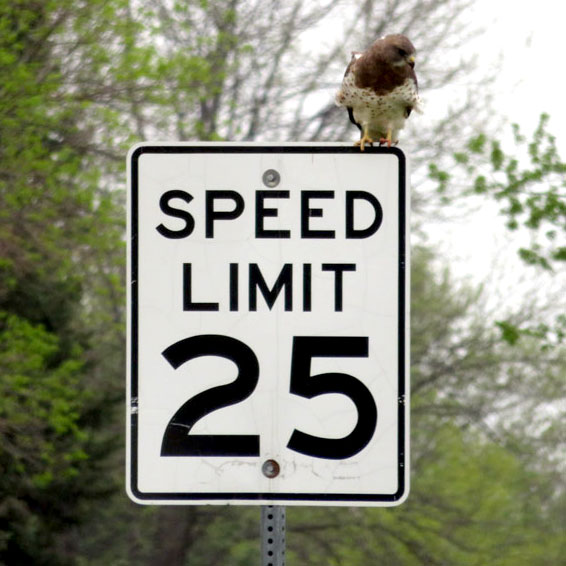Please use the Report an Issue option to access the Citizen Portal and identify an issue on any Larimer County maintained bridge, sign, traffic, roadway, structure, or stormwater/drainage.
For emergency issues after hours or on weekends, please contact Larimer County Sheriff's Dispatch at (970) 416-1985 or dial 911. To download the new Citizen Portal mobile application, please visit the Apple Store or Google Play Store and follow the instructions prompted on your device.
If prompted for an Organization Code, please enter "Larimer".
Some of the PDF documents on this page may not be fully accessible. If you require assistance accessing any content, please contact Larimer County’s ADA Coordinator. For more information, visit our Accessibility and Grievance Procedure page or call (970) 498-5967.
The Traffic Section of the Engineering Department is responsible for speed limits, changing or adding traffic signs, administrating the pavement marking program, collecting traffic volume data, keeping accident report records, and performing various traffic studies.
You can find traffic count data and crash records on the Road Information Locator (RIL). To access traffic count information, go to the Layers tab and select either "Traffic Sect" or "Traffic Statn".
Pavement Markings
Pavement markings are a vital safety feature on county maintained paved roadways. They delineate the roadways and designate passing and no passing zones. Pavement markings are particularly helpful at night as they are retroreflective, reflecting light from headlights back to the driver. The county paints center and edge lines on over 360 miles of road at least once a year. A few heavily traveled roads are painted twice a year. Durable preformed thermoplastic markings are used for turn arrows, stop bars, railroad advance markings, crosswalks, etc.
Traffic Counts
The traffic section of the Engineering Department is responsible for performing traffic counts on the Larimer County road system. Counts are taken on a periodic basis. All counts result in an Average Daily Traffic count at each count station. Some counts obtain additional information including vehicle classification, directional counts, hourly counts and speed data. Traffic count information is available through the Road Information Locator (RIL).
Traffic Studies
The traffic section performs many types of traffic studies in response to citizen and staff concerns regarding traffic concerns on the county maintained road system. The studies include:
- Speed studies to establish or change an existing speed limit.
- Curve studies for both horizontal and vertical curves, which can result in advisory speed postings.
- Sight distance studies are done to determine if limited sight distance exists at curves and hills or due to landscaping, signs, etc., limiting a driver’s view.
- Warrant studies are done to assess if criteria required in the Manual on Uniform Traffic Control Devices (MUTCD) are met prior to installation of multi-way stops, traffic signals and other traffic control devices.
Speed Limits
Speed limits on publicly dedicated and county maintained roadways are set based on several criteria. Setting or changing a speed limit must be supported with an engineering study. Some of the criteria used when setting and changing speed limits are:
- sight distance along a roadway
- functionality of the roadway
- prevailing vehicle speeds
- roadside congestion
- surrounding land use
- condition of the road surface
- traffic crash history
- requests from the Colorado State Patrol or Larimer County Sheriff with regard to enforcement or crash reduction concerns and speed postings on adjacent and similar roadway sections.
Speed Limit studies can result in raising or lowering a speed limit or retaining the same speed limit.
Crash Records
Crash data is collected to monitor trends and identify problem locations on county maintained roadways. A map displaying crash locations is available in Road Information Locator (RIL). Crashes are shown for the current year along with the previous five calendar years. Crashes on roadways not maintained by Larimer County are tracked by the entity that has jurisdiction for the roadway.

